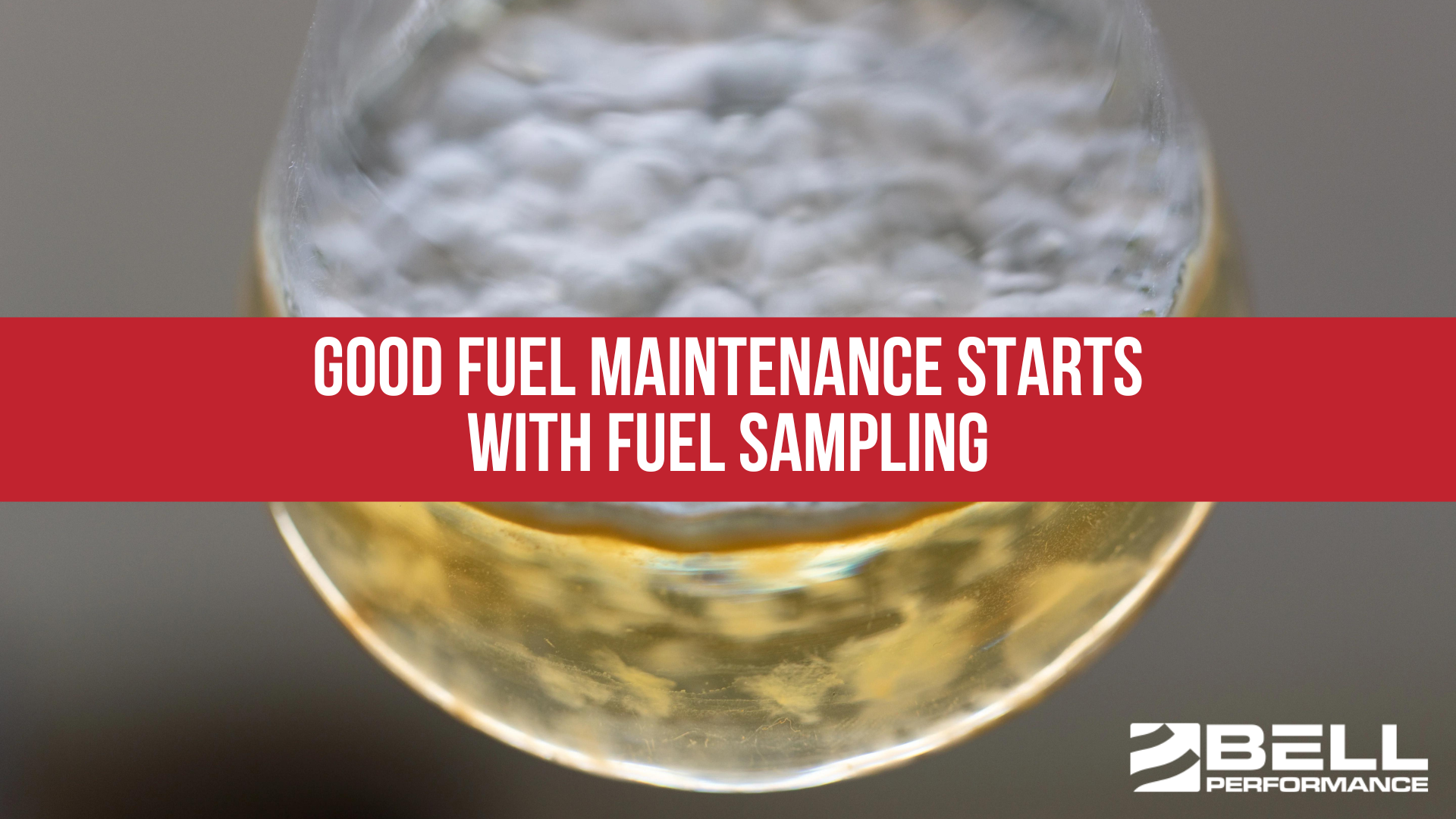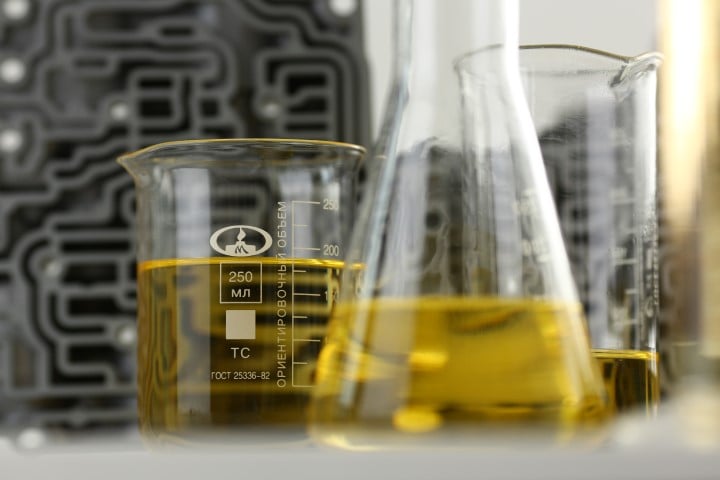Good Fuel Maintenance Starts With Fuel Sampling
Imagine a scenario where a hospital faces a power outage but finds its backup generators faltering due to poor fuel quality. Such a situation...

As the business landscape of the nation changes in 2020, we’re finding that we have to change the way we do a few things. For one, paying attention to best practices for emergency fuel care is becoming of greater importance, making it easier to ramp up preparations to respond to periods of great need and crisis. No matter if you’re a hospital or a municipal entity like a fire station or utility, best practices are key elements to ensuring that stored emergency fuel stays in optimal condition for as long as possible.
 Depending on when you’re reading this, the nation may be ramping up to deal with an impending influx of critical patients. Or that may have already arrived. The best practices that will get emergency fuel users safely through the critical times are fuel testing and monitoring, the right chemical treatments, the right mechanical fuel processing and cleaning at the right time. And all of this is made easier with routine monitoring of the fuel, especially when it comes to the major contributing factors for microbial contamination.
Depending on when you’re reading this, the nation may be ramping up to deal with an impending influx of critical patients. Or that may have already arrived. The best practices that will get emergency fuel users safely through the critical times are fuel testing and monitoring, the right chemical treatments, the right mechanical fuel processing and cleaning at the right time. And all of this is made easier with routine monitoring of the fuel, especially when it comes to the major contributing factors for microbial contamination.
Many entities (at least, the ones that aren’t pushed by regulations to do things) don’t monitor the condition of their stored fuel on a regular basis. Stored fuel becomes out-of-sight-out-of-mind. You would not believe the number of fuel storage tanks scattered across the Fruited Plain that have diesel fuel in them that even pre-dates the ULSD requirements of 2006. Many of those owners have no idea if the fuel inside is even viable (or to what extent).
Regular monitoring of stored fuel, especially for hospitals and critical use installations, is a key best practice pillar for fuel storage. It can be as simple as drawing a fuel sample from a storage tank once a month. There are more involved things you can do, but even just drawing a sample and examining it visually is a lot better than not doing anything and hoping for the best when the time for use comes.
Microbial presence is the #1 cause of fuel-related emergency system failure for hospitals and mission-critical installations. Any facility that people rely upon during a critical time (like the COVID-19 pandemic) needs to be doing some kind of microbial monitoring of its emergency fuel. Historically, these signs have been some combination of free water presence at the bottom of the tank, a change in the fuel’s physical characteristics, and a change in the frequency of filter plugging.
All of those are important to watch out for, but they’re all inferential or “circumstantial”. Those things are associated with microbes in fuel, but they don’t prove for sure that microbes are there, or that they are there to a problematic level. This last thing is an important consideration. Microbes are everywhere. Seriously, we can’t really even understand the number of microbes that are all around us. There’s virtually no place they don’t exist. So there’s a difference between simply having “microbial presence” in a fuel storage tank and that microbial presence being high enough to cause problems.
The hurdle for diagnosing or measuring microbial presence in fuel has always been the available technology. It was expensive (sometimes over $100 for a single test), it took too long to be useful and it didn’t tell you the best information you needed to know.
Common indicator tests, like dip slides or paddle slides, are a good example of the limitations that bound the industry. They would take 3-5 days to give you an answer, and the answer was some version of Yes or No. These answers aren’t as useful as they need to be – Yes is a fine answer, but what’s really important is “how much”? And 3-5 days is too long for the answer to be that useful – things can change markedly in a storage tank in that period. Not to mention that the cheap dip slide culture tests don’t even work with fuel, they’re only intended for testing with the bottom water found in a storage tank.
Thankfully, technology has changed for the best on this. We now have access to next-generation ATP tests that can give an answer in just 5-10 minutes instead of 3-5 days or longer. And you get more than just a Yes or No answer; you get an actual count of the number of microbial colony-forming units in a fuel sample.
This information is invaluable to stored fuel users, especially those that already undertake the best practice of monitoring the condition of their fuel. They can do a microbe test on every storage tank they have and get a picture of conditions within the tank that allow them to make the best decisions possible on what to do, instead of relying on generalizations that may not best reflect what’s going on in the specific tank itself. Not all storage tanks are the same; next-generation ATP monitoring and testing now allows the industry to make the right decisions for their situation, not someone else’s.

Imagine a scenario where a hospital faces a power outage but finds its backup generators faltering due to poor fuel quality. Such a situation...

For hospitals and critical use facilities, care and husbandry of emergency stored fuel is a hotter topic than ever before. You can’t treat stored...
The most reliable way to restore problem fuel is to address both sides of the instability process: the chemistry happening inside the fuel and the...